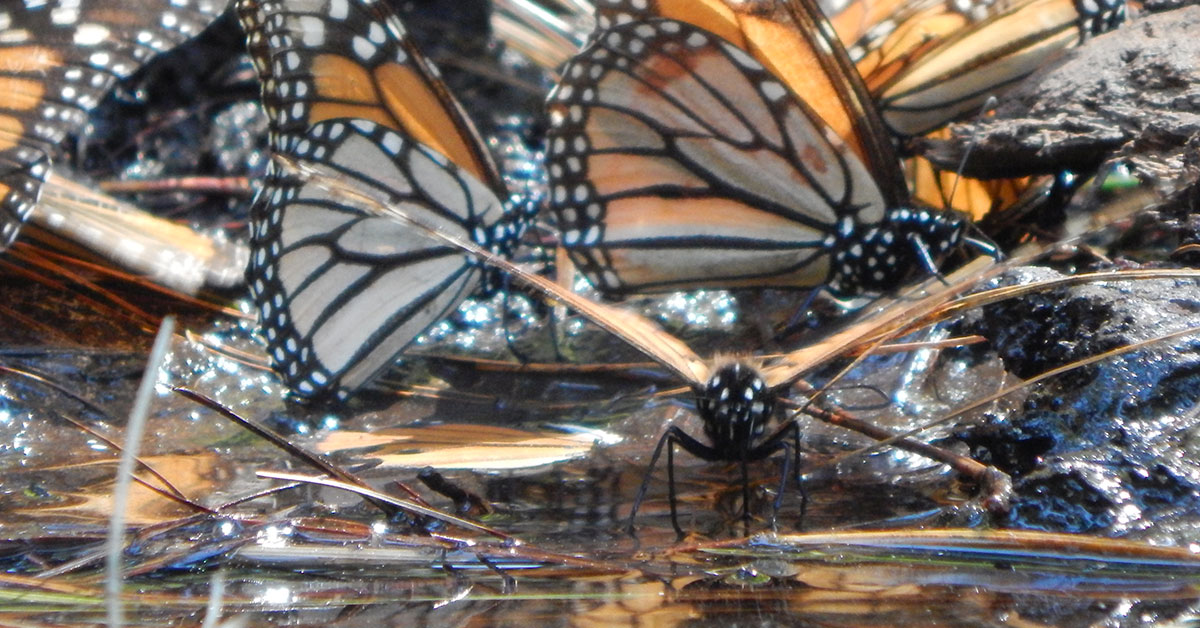CEC Facilitates the Creation of the Trinational Monarch Knowledge Network
Montreal, 8 May 2019—Thanks to North American collaborative efforts to support monarch butterfly conservation headed by the Commission for Environmental Cooperation (CEC), an open-source database is now available at www.monarchknowledge.net that brings together results from monitoring efforts on monarch butterflies and milkweed in order to help conserve the monarch and its habitat.
The Trinational Monarch Knowledge Network (TMKN) is a testament to the unique collaborative spirit that has spread from the Trinational Monarch Conservation Science Partnership (TMCSP) over the past 5 years. “Working as a trinational network of scientists helps us better understand monarch population dynamics throughout the migratory range. This leads to more effective conservation efforts on the ground,” said Ryan Drum, US Fish and Wildlife Service and US lead of the TMCSP.
Further, “the TMCSP has given momentum to collaboration at all levels, like the one between the Insectarium/ Montréal Space for Life, Bird Studies Canada and L’Institut de recherche en biologie végétale, who worked together to develop the TMKN,” states Maxim Larrivée, Section Head, Entomological Collections and Research at the Insectarium / Montréal Space for Life and instigator of the Mission Monarch program.
In creating the TMKN, the CEC centralized data that had been scattered across various monitoring programs from the three countries (Canada, Mexico, and United States). This network is expected to foster North American research, as well as collaboration on monarch conservation.
The TMKN will also increase access to standardized data for all stakeholders and bring new insights into the monarch’s continental population dynamics to inform conservation actions.
In North America, migratory monarch butterflies (Danaus plexippus) have been declining for decades and their migratory phenomenon is considered at risk. By improving our understanding of the distribution of monarchs and milkweed, the sole food source for monarch caterpillars throughout the monarch migratory routes, we will apply science- based conservation actions across the continent.
Join the conversation on monarchs at #ScienceStartsHere
Media Contact
Sarah Julien
Commission for Environmental Cooperation
sjulien@cec.org
514 781 2781
Available for Interviews
Pamela Daoust
Communications Officer
Montréal Space for Life
pamela.daoust@ville.montreal.qc.ca
T: 514-868-3053 / C: 514-250-7753
